When it comes to treating gum disease, laser therapy has revolutionized periodontal care, offering patients minimally invasive alternatives to traditional surgical procedures. Two popular laser treatments for gum disease are LAPIP (Laser-Assisted Peri-Implantitis Procedure) and LANAP (Laser-Assisted New Attachment Procedure). In this article, we'll delve into the nuances of each treatment, highlighting their differences and helping you determine which option may be best suited for your periodontal needs.
What is LAPIP?
LAPIP, or Laser-Assisted Peri-Implantitis Procedure, is a specialized form of laser therapy designed to target and treat peri-implantitis, a condition characterized by inflammation and infection around dental implants. During LAPIP treatment, a dental laser is used to access and disinfect the pockets of infection around the implant, promoting healing and regeneration of the surrounding tissues.
What is LANAP?
LANAP, or Laser-Assisted New Attachment Procedure, is a laser therapy technique used to treat periodontitis, a more common form of gum disease that affects the tissues surrounding natural teeth. LANAP involves the use of a specialized dental laser to remove diseased tissue, kill bacteria, and stimulate the regeneration of healthy gum tissue and bone.
Key Differences Between LAPIP and LANAP:
- Target Area:
- LAPIP targets peri-implantitis, a condition affecting dental implants.
- LANAP targets periodontitis, which affects the tissues surrounding natural teeth.
- Treatment Focus:
- LAPIP focuses on disinfecting and promoting healing around dental implants, preserving the integrity and stability of the implant.
- LANAP targets the reduction of pocket depth, elimination of bacteria, and regeneration of healthy gum tissue and bone around natural teeth.
- Procedure Technique:
- LAPIP involves accessing and disinfecting the pockets of infection around the implant using a specialized dental laser.
- LANAP utilizes laser energy to remove diseased tissue, kill bacteria, and stimulate the formation of a stable blood clot, facilitating the regeneration of healthy tissues.
- Indications:
- LAPIP is indicated for patients experiencing peri-implantitis, characterized by inflammation and infection around dental implants.
- LANAP is indicated for patients with periodontitis, which involves inflammation and infection of the tissues surrounding natural teeth.
- Implant vs. Natural Teeth:
- LAPIP is specifically tailored for the unique needs of dental implant patients, offering a targeted approach to treating peri-implantitis.
- LANAP is designed to address gum disease in patients with natural teeth, focusing on preserving the health and function of the natural dentition.
Choosing Between LAPIP and LANAP:
When determining whether LAPIP or LANAP is the right treatment option for you, it's essential to consult with a qualified periodontist who can evaluate your specific dental condition and recommend the most appropriate course of action. Factors such as the presence of dental implants, the severity of gum disease, and your overall oral health will influence the treatment decision.
Conclusion:
In summary, LAPIP and LANAP are both advanced laser therapy techniques used to treat different forms of gum disease, peri-implantitis, and periodontitis, respectively. Understanding the differences between these treatments and consulting with a knowledgeable periodontist can help you make informed decisions about your periodontal care and achieve optimal oral health outcomes.
